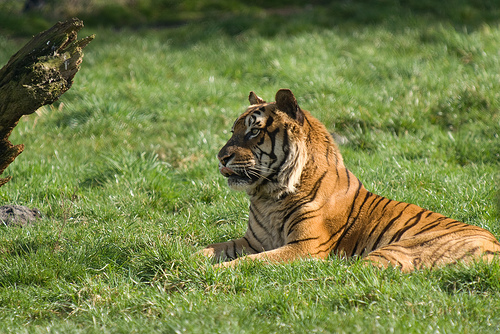Location and Scale
The Molai Forest is situated north of the city of Jorhat in the state of Assam, India.
It encompasses an area of 1,360 acres, or approximately 5.5km2. That is more than seven times the size of the Singapore Botanic Gardens!
Environmental Impacts
Molai’s reforestation efforts effectively combat the problems of erosion along the Brahmaputra river. The forest trees improve soil quality and stability, preventing erosion to a large degree. In particular, approximately 300 of the 550 hectares in the Molai forest is made up of bamboo, which is particularly effective at stabilizing river banks. In addition, bamboo absorbs more carbon and releases more oxygen than trees, vastly improving air quality in the area. (Inquirer, 2015)

Biodiversity
Despite the extensive bamboo coverage, the Molai forest still contains rich plant diversity, with over a hundred species of trees and plants such as arjul, silk trees, and cotton trees. (Nath, 2016)

Perhaps one of the most captivating aspects of the Molai forest is how it has attracted a wige range of animal species. The fact that animals such as apes, wild boars, monkeys and over fifty different bird species making their home in the Molai forest is a sure sign of the healthy and sustainable ecosystem that Payeng has built. Charismatic Megafauna including Indian rhinoceros, and even a herd of 115 elephants have been spotted as well. The Molai forest is also the birthplace of two Royal Bengal tiger cubs!

With such high biodiversity in both flora and fauna, one could easily mistake this thirty year-old sanctuary for an ancient, old-growth forest.